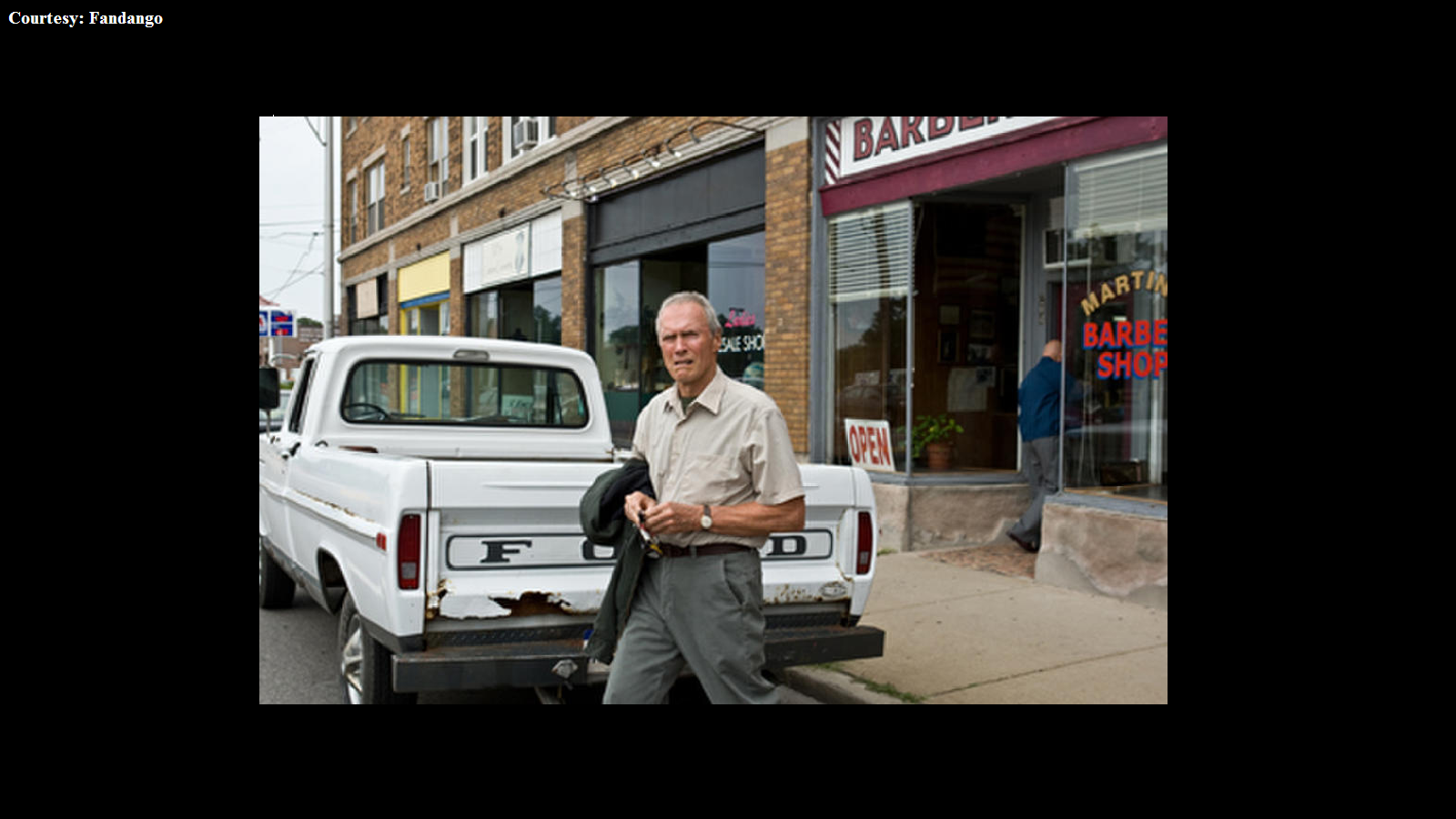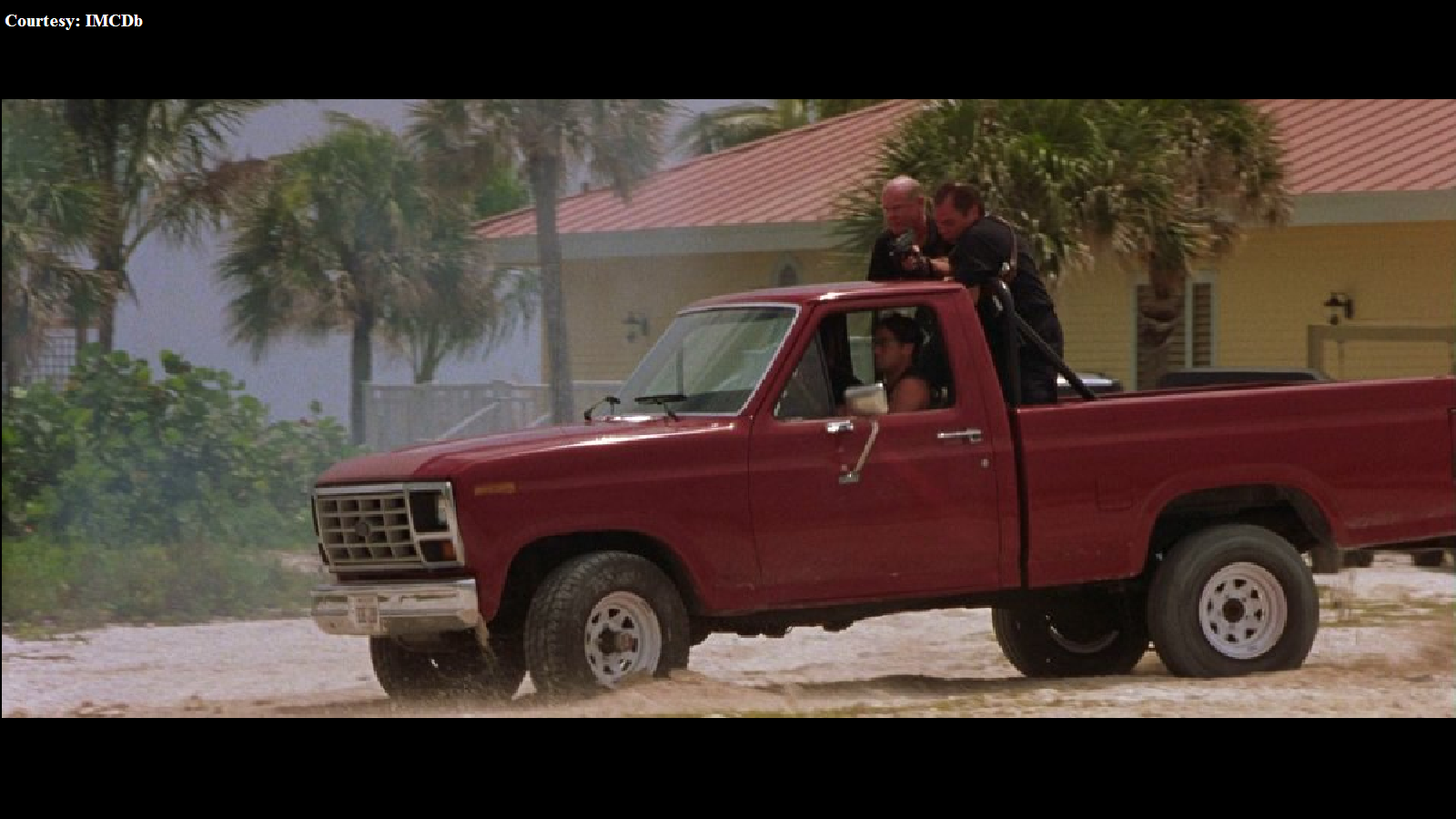Ford Trucks in Film and Behind the Scenes
All in all, while it may be in character for a Ford truck to shun the Hollywood spotlight, we thought we’d take a closeup look at some of the less obvious ways it’s helped shape the movies. Whether through its symbolic associations or strength as a work vehicle, there’s a lot the silver screen owes to these workhorses.












The F-Series, an understated movie star
As America’s best-selling truck 40 years on, the F-150 is everywhere. From the rural heartlands to urban sprawls, Ford’s F-Series has been a hit with virtually every tier of society, earning gold both as a workhorse and urbanized daily driver.
Over time, the F-Series (particularly the F-150) has come to represent a kind of working-class spirit. A Ford truck isn’t usually glamorous, but it gets the job done. The portrayal of Ford trucks in TV and film often reflects this perception of the F-Series as down-to-earth, familiar, and dependable. Unsurprisingly, that same reputation has also made them a valuable asset to the film industry itself, often used behind the scenes and on set.
All in all, while it may be in its character for a Ford truck to shun the Hollywood spotlight, we thought we’d take a look at some of the less obvious ways it’s helped shape the movies. Whether through its symbolic associations or strength as a work vehicle, there’s a lot the silver screen owes to these common trucks.
>>Join the conversation about the role of Ford trucks in the movies in the Ford-trucks forum.
Developing a character with the F-Series
Just about everyone can recognize a classic F-Series truck when they see it—Dodge fans notwithstanding. With that said, we may be so used to seeing Ford trucks in our daily lives that they’re almost always unnoticed in movies. They’re almost always passed over for the spotlight in favor of flashy sports cars and the like—and that’s if a movie gives direct attention to cars in the first place. It makes sense of course; Ford trucks were designed with real-world function in mind over image and excitement. As it happens, moviegoers tend to be more interested in seeing fast cars and exotic locales than more of the same type of truck they see parked on multiple driveways around the neighborhood.
Then again, it’s that familiarity that makes the F-100 in Clint Eastwood’s Gran Torino such a telling bit of character development. In the film, Walt Kowalski (played by Clint himself) is down-to-earth, no nonsense and old school American. The fact that he is driving an F-Series truck (and a vintage 1972 model at that) is an extra opportunity for the movie to double down on his character. Ironically, the film gets its name from a sports car that is almost never used; it’s the F-100 that Clint drives most of the time.
>>Join the conversation about the role of Ford trucks in the movies in the Ford-trucks forum.
Using the F-Series for practical action and movement
There’s a lot of symbolism riding behind the F-Series, but most of the time it’s used in movies for much the same reason as real life; that is, to get from point A to B. Ford trucks can be handy for use in movies as a background vehicle. After all, considering how versatile and widespread they are, an F-150 can suit any number of set environments without killing a viewer’s suspension of disbelief. In some action-oriented films, like The Punisher (2004) pictured here, a Ford truck might be put through all of the high-octane motions of a flashier stunt car. Considering that F-Series models are sometimes used as makeshift military vehicles in the real world, this shouldn’t come as too much of a surprise.
>>Join the conversation about the role of Ford trucks in the movies in the Ford-trucks forum.
A workhorse behind the scenes
Some might disagree, but there’s a new layer to appreciating movies when you consider all of the work behind the scenes that goes into making them. Given the F-Series’ reputation as a work vehicle, it wouldn’t be fair to go without mentioning their presence on the set. Many trucks, like this F-650 Crew Cab, are used to haul equipment, wardrobe, props, Porta potties, and sets. When set delays risk losing millions of dollars, it says something that film companies often turn to the F-Series as their workhorse of choice.
>>Join the conversation about the role of Ford trucks in the movies in the Ford-trucks forum.
The F-Series as a prop
Trucks are often driven normally by characters in the movies, but there are other ways actors can meaningfully interact with them. The still photo above is taken from the 2011 remake of Peckinpah’s Straw Dogs, illustrating how a truck can play a different role. In this or any scene like it, a truck on fire becomes a symbol of immediate danger. In many cases, there’s the added suspense of knowing the truck could explode at any minute. This same focus applies to crash scenes and any sequence trapped in a vehicle under water. Ironically, the point where a truck might get the most focus in the entire film is the point where it stops being seen as a truck, but instead a challenge for the characters to overcome.
>>Join the conversation about the role of Ford trucks in the movies in the Ford-trucks forum.
It’s all about the marketing, baby
Automakers love having their products showcased in TV and movies. You can bet many an Aston-Martin was purchased because James Bond drove one, and it’s not wild to suggest the Fast and Furious film series has had some influence on the renewed interest in muscle cars. Ford obviously doesn’t depend on media in the same way to make their trucks look like they’re worth buying, but any hype is good hype. An interesting example of Ford’s strategic product placement came in a promotional still for the upcoming monster movie Rampage, starring Dwayne Johnson. The still actually manages to be a teaser for the upcoming Ford Bronco, slated to return in 2020. Interestingly, the model used here is actually a 2004 design, with Ford themselves clarifying it’s not a sneak peek of the future SUV. Nonetheless, there’s no doubt Ford want people to be thinking about it well in advance of its release. The Bronco may not be part of the F-Series proper, but it goes to show Ford knows how to use the film industry to their advantage.
>>Join the conversation about the role of Ford trucks in the movies in the Ford-trucks forum.
For help with your maintenance and repair projects, please visit our how-to section in the forum.
